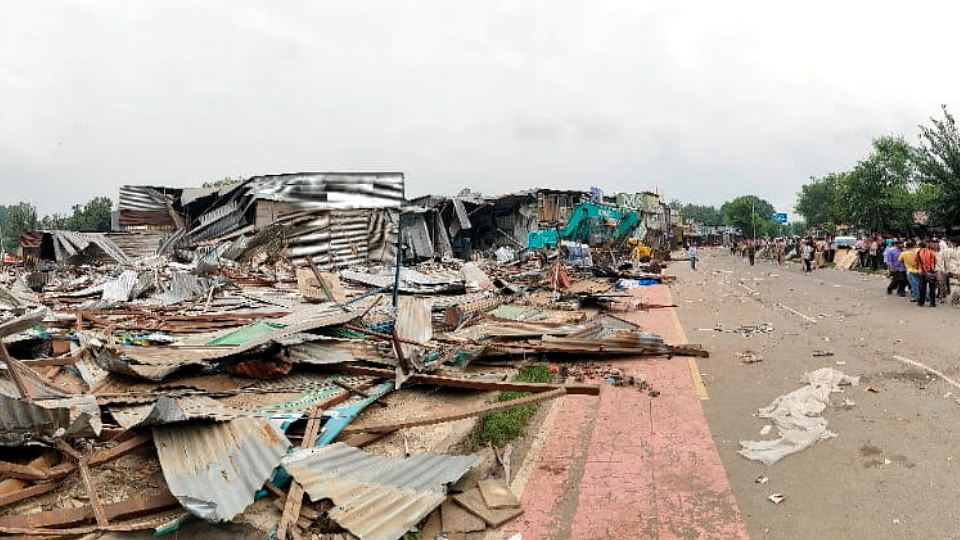The recent demolition of Chandigarh’s Sector 53–54 furniture market has brought to the fore a debate central to modern Indian cities: Can urban renewal and strict enforcement of land laws be achieved without causing widespread economic disruption and hardship to local communities? For more than forty years, this unofficial market operated as a commercial hub, supporting not just hundreds of furniture traders and their families, but an entire ecosystem of suppliers, transporters, and daily wage laborers.
The Mandate for Order: City’s Rationale
Local authorities and city planners argue that unauthorized markets impinge on public land, disrupt urban zoning, and block much-needed development projects. The official line is that the land, acquired as far back as 2002 for Chandigarh’s planned expansion, cannot be left at the mercy of spontaneous, unsanctioned enterprise. Repeated eviction notices were issued, and ample warnings provided, culminating in the rapid removal of all remaining encroachments in July 2025. Officials tout this as a triumph for urban order and governance, clearing the decks for new infrastructure and civic amenities.
Human Cost: Economic, Social, and Psychological Fallout
Yet, behind the official statements and site clearance drives lies a stark reality: entire livelihoods were swept aside in a matter of hours. Shopowners—many with decades invested in the community—were forced to dismantle businesses overnight, their clientele dispersed and their inventory liquidated at a loss. The economic devastation reaches further: transporters, laborers, suppliers, and ancillary service providers lost their daily bread, with ripple effects felt far beyond the market’s boundaries.
The trauma extends to the families and localities that depended on the market, compounding anxiety and uncertainty already heightened by the sudden nature of the demolition. The days preceding the clearance were marked by distress sales, hurried packing, and a pervasive sense of loss among those uprooted.
Can Urban Progress Be More Inclusive?
The story of Sector 53 raises pressing questions about the models and methods of urban development:
- Was there sufficient consultation and planning for rehabilitation of traders prior to demolition?
- Could a phased approach, coupled with provision of alternative commercial spaces or financial assistance, have softened the economic blow?
- Should livelihood concerns be built into the fabric of planning—especially in legacy markets that, while “illegal,” are deeply woven into the economic life of the city?
Experience from other Indian cities suggests that inclusive urban renewal is possible. Engaging affected communities early, mapping viable relocation sites, and supporting traders with microcredit or retraining schemes can create win-wins for cities and residents alike.
A Call for Balanced Development
No city can flourish in the long run if its pursuit of order comes at the cost of social fragmentation and economic ruin for its most vulnerable. The true challenge for Chandigarh—and for India’s other planned cities—is to seek models of renewal that are as empathetic as they are efficient. Balancing land-use discipline with human-centric transition plans is not only equitable; it ensures that urban expansion does not produce scars that linger for decades.
Urban renewal need not be a zero-sum game. Chandigarh’s Sector 53 demolition should catalyze a broader rethink: that modern cities are built as much on the foundations of dignity and livelihoods as they are on concrete and blueprints.
Photo Credit: Amar Ujala




